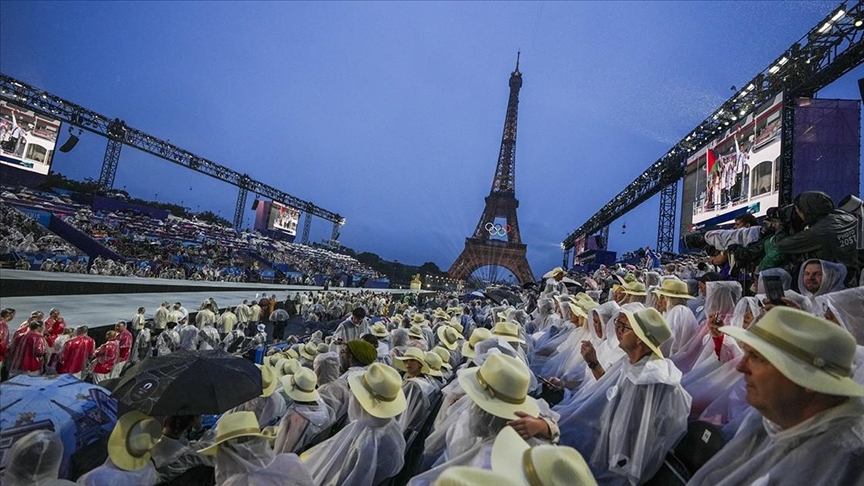12,000-year-old camel engravings reveal early human return to Arabian deserts
ISTANBUL
Around 12,000 years ago, humans resettled the deserts of the Arabian Peninsula as rising humidity reshaped the harsh landscape, leaving behind camel engravings carved into sandstone cliffs as proof, according to new research.
The engravings may have served as markers for short-lived, life-sustaining lakes, said the study, published on Tuesday in Nature Communications.
During the Last Glacial Maximum around 25,000-20,000 years ago, the Arabian Peninsula became even drier, driving people and animals away. While life-size camel carvings discovered in Saudi Arabia’s Nefud desert in 2022 hinted at a human return, their exact dating remained uncertain.
The findings are “remarkable” as they push the age of camel rock art back by several millennia, according to Guillaume Charloux, an archaeologist at CNRS, the French national research agency, who was not involved in the study.
“These hundreds of representations are now potentially contemporary with the peak of cave art in Western Europe,” he told Science magazine.
“It is very challenging to date engravings,” said Maria Guagnin, an archaeologist at Germany’s Max Planck Institute of Geoanthropology and lead author of the study. Archaeologists often rely on comparisons with nearby artifacts, which leave vast uncertainties regarding precise dates.
Prehistoric zoo
In 2023, Guagnin’s team identified 60 more panels in the Nefud, bringing the total to 176 engravings, including a virtual menagerie of animals, with camels, ibex, horses, gazelles, and aurochs, an ancestor of modern cattle.
Many were carved high on sandstone cliffs, suggesting risky efforts by the artists.
Excavations beneath the site uncovered animal bones, hearths, tools, beads, shells, and a stone tool resembling those used at petroglyph sites worldwide. Dating of the finds placed the engravings between 12,800 and 11,400 years old.
The study challenges earlier claims that the art dated to 5600–5200 B.C.E.
“Ancient hunter-gatherers lived in the desert of northern Arabia much earlier than previously thought,” said Guagnin. “We can now finally show that the rock art tradition began over 12,000 years ago at the end of the last ice age.”
Trenches beneath the engravings also indicate that 16,000-13,000 years ago the region saw seasonal lakes, with sediments showing signs of past humidity, suggesting the art was placed near ancient water sources.
Guagnin said this provides the earliest evidence of seasonal water returning to the Arabian Peninsula after the arid Last Glacial Maximum. The camel engravings suggest that humans quickly utilized these water sources and may have followed them, with similar carvings found across three sites about 30 kilometers (19 miles) apart, possibly marking a corridor connecting the ancient water sources.
Anadolu Agency website contains only a portion of the news stories offered to subscribers in the AA News Broadcasting System (HAS), and in summarized form. Please contact us for subscription options.




